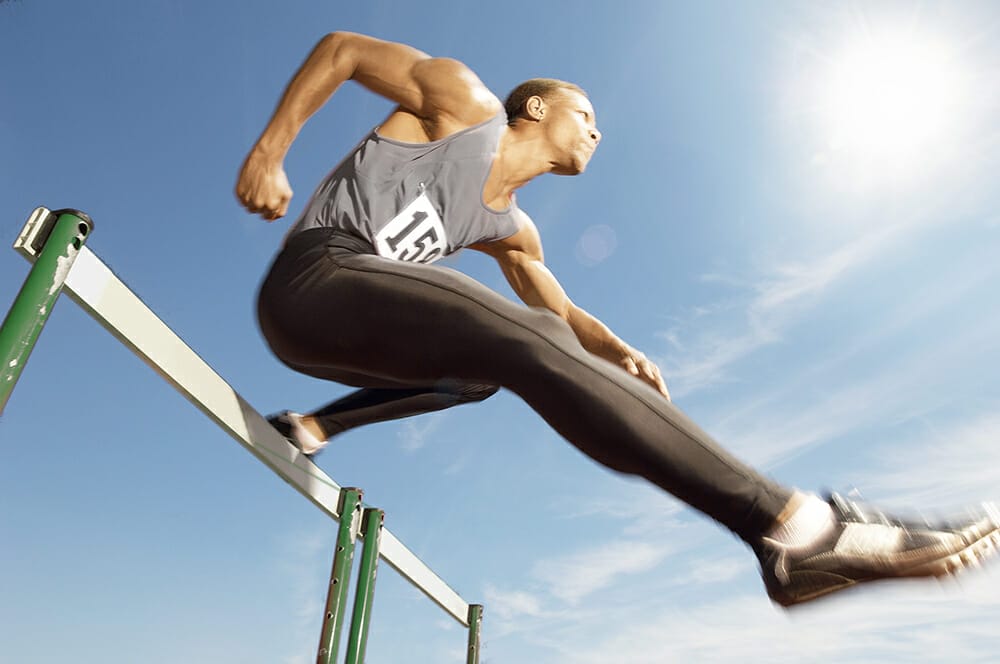
Action photography is all about capturing the thrill, excitement, and energy of fast-paced moments. Whether you’re into sports, wildlife, or simply want to freeze a moment in time, shooting action photos can be both challenging and incredibly rewarding.
I’m going to take you through the basics of how to shoot action photos, providing you with tips and techniques that will help you level up your photography game.
Firstly, before diving into the exciting world of action photography, you’ll need to ensure you have the right gear. While professionals might have a wide range of equipment, beginners can get started with some basic essentials.
Your choice of camera plays a significant role in action photography. While smartphones can capture decent action shots, a digital single-lens reflex (DSLR) or mirrorless camera is ideal for more control over settings. Look for one with a fast autofocus system and a burst mode for continuous shooting.
Pairing your camera with the right lens is crucial. For action photography, a telephoto lens with a focal length between 70mm and 200mm is a good starting point. This type of lens allows you to zoom in on subjects from a distance, capturing those fast-paced moments up close.
Investing in a fast lens with a wide aperture, like F/2.8 or lower, will help you achieve that beautiful background blur (bokeh) while keeping your subject in sharp focus.

Next, understanding shutter speed is essential when learning how to shoot action photos. Shutter speed determines how long your camera’s sensor is exposed to light, which directly affects motion blur in your photos.
To freeze action and capture crisp shots, use a fast shutter speed. Start with a minimum of 1/500th of a second for most action scenes. For extremely fast-moving subjects, such as sports cars or birds in flight, you may need to go even faster, up to 1/2000th of a second or more.
For a creative twist, experiment with slower shutter speeds and try the panning technique. This involves moving your camera along with the subject’s motion while using a slower shutter speed, typically around 1/30th of a second. The result is a sharp subject against a blurred background, conveying a sense of speed and motion.

Apart from shutter speed, your camera’s aperture setting also plays a significant role in action photography.
Using a wide aperture (a low F/number like F/2.8) can help isolate your subject from the background. This is great for creating a dramatic effect and making your subject stand out in action shots. It also allows for faster shutter speeds in low-light situations.
Conversely, a narrow aperture (a high F/number like F/16) can be useful when you want to capture action in a broader context. This is especially handy for shooting group activities or when you want to showcase the environment along with the action.

In action photography, your camera’s autofocus system plays a crucial role in getting sharp images. Most modern cameras offer various autofocus modes designed to track moving subjects.
Continuous autofocus (AF-C or AI-Servo) is your go-to mode for action shots. It constantly adjusts the focus as your subject moves, ensuring they remain sharp throughout the sequence.
Zone or area autofocus allows you to select a specific area of the frame for your camera to focus on. This is handy when you want to ensure that a particular part of the action is in focus, such as a player’s face in a sports game.

Composition is often overlooked in action photography, but it can make a massive difference in the impact of your shots.
The rule of thirds is a classic composition technique. Imagine dividing your frame into nine equal parts using two horizontal and two vertical lines. Place your subject along these lines or at their intersections to create a visually pleasing composition.
Use leading lines in your composition to draw the viewer’s eye towards the action. Leading lines can be roads, fences, or any element that naturally leads to your subject.

Capturing the perfect action shot often comes down to timing. Here are some tips to help you get the timing right:
Study the subject and predict when the most exciting moments will occur. This could be a slam dunk in basketball, a sprinter crossing the finish line, or a bird taking flight.
Use your camera’s burst mode to capture a rapid series of shots in quick succession. This increases your chances of getting the perfect action shot, especially when the timing is critical.

Even with the best shots, a little post-processing can make your action photos truly outstanding. Crop your photos to remove any distractions and focus on the action. Additionally, straighten the horizon if necessary to ensure a balanced composition.
Adjusting the colours and contrast can help your action shots pop. Use software like Adobe Lightroom or free alternatives like GIMP to fine-tune your photos.

In conclusion, action photography can be a thrilling and rewarding genre to explore as a beginner.
Armed with the right gear, knowledge of shutter speed and aperture, and a good grasp of composition and timing, you’ll be well on your way to capturing stunning action photos that will impress your friends and family. Remember, practice makes perfect, so keep honing your skills, and you’ll soon be capturing those heart-pounding moments with ease.
Learn all about banding, artefacts, pixelation, and moire as a photographer to help you capture and edit with the best image quality.
Learn the art of capturing stunning cityscapes with these beginner-friendly tips and techniques. Master the urban jungle through your lens!
Get a breakdown of each factor of exporting to give you the best export settings for photographers using Adobe Lightroom for photographers.

© iPhotography™